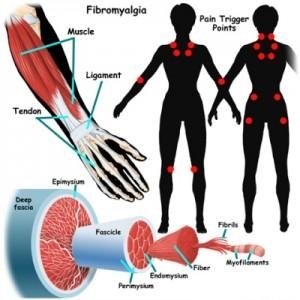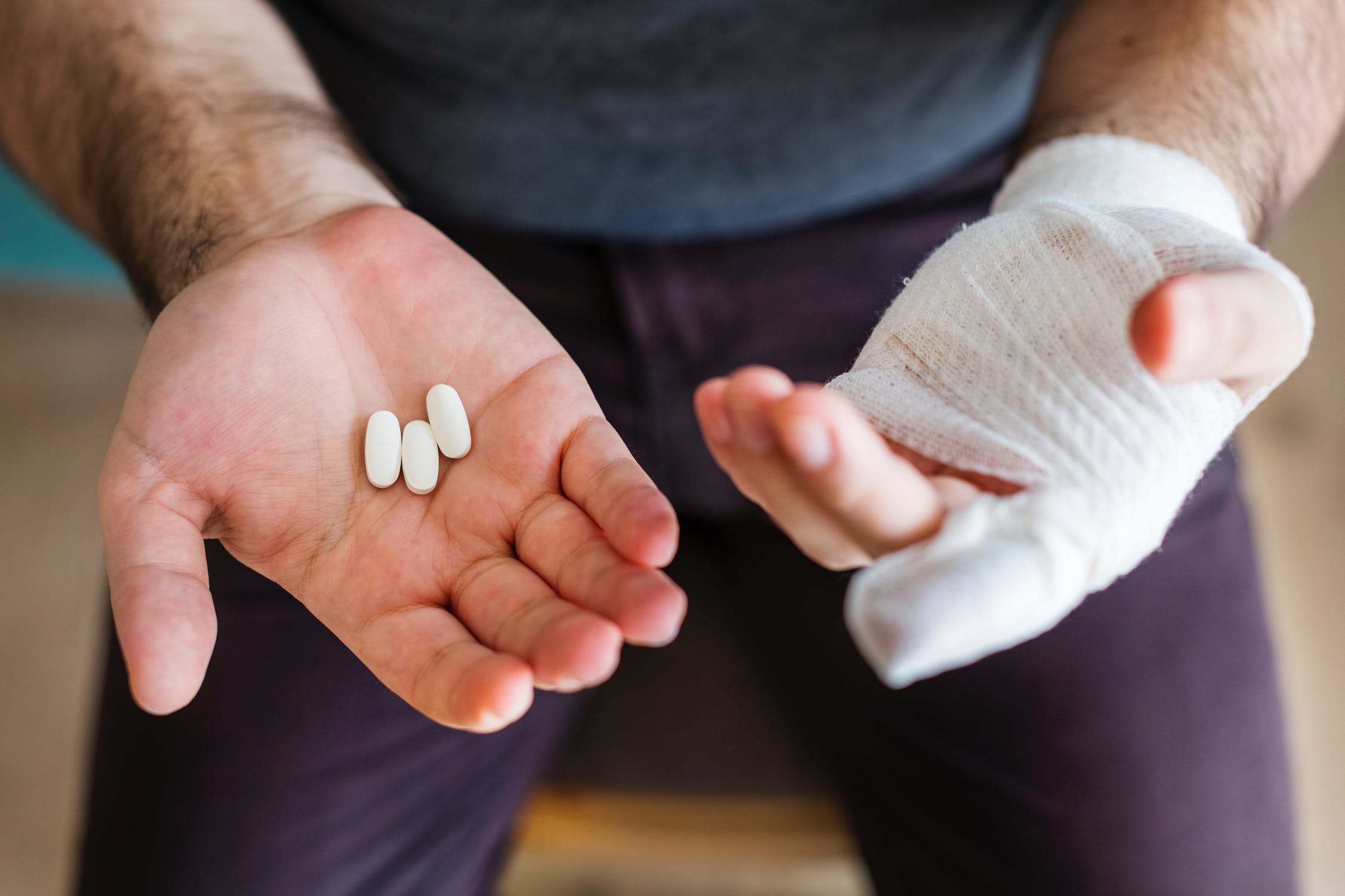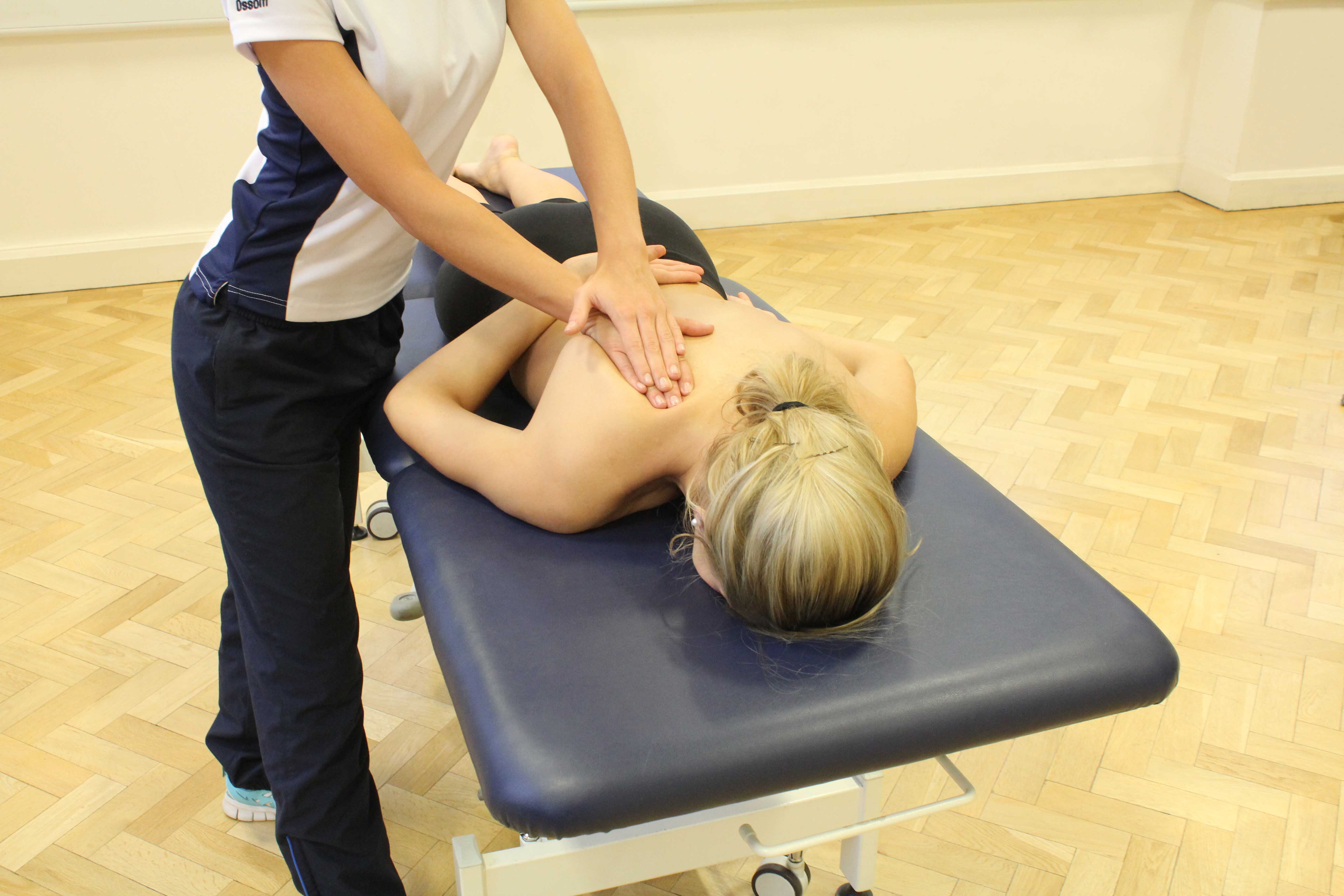nalco group
bone, muscle & joint pain physio
BOOK NOW / WHATSAPP ABOUT YOUR PAIN OR INJURY
- ORCHARD 400 Orchard Road #12-12 Singapore 238875
- TAMPINES 9 Tampines Grande #01-20 Singapore 528735
- SERANGOON 265 Serangoon Central Drive #04-269 Singapore 550265
Home > Blog > Physiotherapy > Chronic Pain > Conditions > Fibromyalgia Physiotherapy
Fibromyalgia Physiotherapy

Fibromyalgia is a chronic condition that is often difficult to diagnose and unfortunately affects almost 5 million people in the United States, where 80% to 90% are women.
Fibromyalgia usually is diagnosed in adults between the ages of 30 and 50, but the symptoms—such as widespread chronic pain and fatigue—can show up earlier.
Although there is no definitive cure at this time, there are treatments that can help. Our senior physiotherapist can help you:
- Understand and manage your pain
- Reduce your fatigue
- Improve your function and quality of life
What is Fibromyalgia?

The cause of fibromyalgia is unknown, but it's thought to be due to changes in how our nervous system experiences, understands and interprets pain.
It might be triggered by
- trauma
- surgery
- infection
- arthritis
- or major emotional stress
- or it may develop gradually over time
Also, individuals who have health conditions such as rheumatoid arthritis, systemic lupus erythematosis, or ankylosing spondylitis are more likely to develop fibromyalgia.
Signs and Symptoms
Fibromyalgia isn't "just" a condition; it's really a complicated and complex syndrome involving many different signs and symptoms.
Patients may experience:
- Widespread pain, often a dull achiness, on both sides of the body above and below the waist
- Spots on your head, neck, chest, shoulders, elbows, hips, or knees that are tender to a firm touch; these “tender points” may move around or come and go
- Muscle stiffness, especially in the morning
- Headache
- Thinking and memory problems
- Fatigue (sometimes misdiagnosed or even has chronic fatigue syndrome as well)
- Depression
- Anxiety
- Pain or cramps in the abdomen or pelvis
- Irritable bowel syndrome
- Irritable bladder syndrome
- Difficulty sleeping or getting back into sleep; waking unrefreshed
- Temporomandibular (jaw joint) pain
- Numbness or tingling
Often, stress can aggravate symptoms too.
How Is It Diagnosed?
Because there are no blood tests, x-rays, or muscle biopsies that can be used to diagnose fibromyalgia, you’ll need to work closely with your doctors to obtain an accurate diagnosis.
The reason is because there are really many health conditions that can cause pain and fatigue, so it's important to have a thorough medical examination to rule out conditions other than fibromyalgia, such as
- rheumatologic diseases
- infectious diseases
- Lyme disease
- hypothyroidism
- metabolic disease
- or side effects due to medication
Once other conditions have been ruled out, a diagnosis is made based on key symptoms—extreme fatigue, pain in multiple "tender points" (points that are tender to touch and that move around), trouble sleeping, anxiety, and memory problems.
Our senior physiotherapist can identify fibromyalgia while performing a routine examination and taking your health history. We will pay close attention to the pattern of your symptoms.
For instance, there are 18 possible tender points, and the more tender points you have, the more likely you have fibromyalgia. We may refer you to a rheumatologist, a physician who specializes in arthritis, for medical care that includes medications.
how our senior physiotherapists can help

Living with fibromyalgia can be very challenging.
Your pain and other symptoms might take different forms from day-to-day. If you avoid activity because of pain, your overall physical fitness might decrease and that comes with a different set of health problems.
Extensive research supports the use of education, aerobic exercise, and strengthening exercise to help improve fibromyalgia. Usually (and naturally) the fear of pain often keeps people from beginning an exercise program.
We will teach you how to interpret pain signals—and how to manage and decrease your symptoms—through a customized exercise program.
Help You Take Control Through Information
Research shows that people who are knowledgeable about their health condition
- have more confidence
- can cope better with their condition
- and are more likely to get "back in the swing"
We can explain how fibromyalgia affects the way your body perceives and responds to pain and how you can start to take control of the pain, rather than the pain controlling you. We also have evidence to support that knowledge is power, as it pertains to managing pain.
We also can provide information on local support groups, exercise programs, and self-help programs.
Manage Your Symptoms Through Exercise
Regular, moderate exercise is an important part of managing fibromyalgia.
Reducing body mass index (weight loss) can actually reduce the risk of developing fibromyalgia.
Research has shown that the following treatments can decrease pain and improve function, general health, and sleep in people with fibromyalgia:
- Aerobic conditioning
- Aquatic exercise
- Stretching
- Strengthening exercise
- Yoga
- Tai chi
- Deep breathing
- Recreational activities
- Manual therapy
We will design an exercise program that’s right for you. To ensure your success, the therapist will show you how to:
- Start slow.
- Pace yourself.
- Set realistic goals for exercise and physical activity.
- Modify your program in times of stress.
We can help you improve not only your fitness, but your quality of life by designing a program of aerobic exercise, which trains your heart and lungs as well as your muscles.
Aerobic exercises include walking briskly (you can talk but you need to take deep breaths), bicycling, swimming, and using a stair-climbing or elliptical device.
If you have severe symptoms, we will work with you to gradually increase your overall activity level and your tolerance for exercise, starting you off with exercises that you are able to perform for short periods (eg, 10 minutes), and then gradually building up your tolerance for longer exercise.
Even short, 10-minute exercise sessions done 2 or 3 times per day can improve your strength and increase your endurance. If you have milder symptoms, we might focus on strengthening your muscles or increasing your cardiovascular fitness. We might recommend aquatic exercise in a pool to help reduce stiffness and pain while you exercise.
Even if you start out slowly, you are likely to have more pain as a result of increasing your activity. We will prepare you by teaching you techniques that you can use at home, such as relaxation techniques and stretching exercises.
You might have other conditions in addition to fibromyalgia, such as
- tendinitis
- arthritis
- or heart disease
These conditions can make exercise more difficult for you.
We are uniquely trained to individualize treatment for those conditions, taking into consideration the effect that they might have on your fibromyalgia symptoms and on your exercise ability.
You may be prescribed medications that target brain chemicals that are responsible for the way your body deals with pain. We also take into account the effects that medications may have on your movement and exercise ability.
Improve Your Range of Motion
Our senior physiotherapists may use manual therapy techniques to move your joints while you are relaxed to help improve your joint motion. These techniques are combined with exercise, stretching, and movements that you control.
Use Special Techniques
Research indicates that the best results are likely to come from combining a variety of treatments. Appropriate medications, exercise, and "mind-body techniques" can work together to help you manage your symptoms.
Some techniques, such as meditation and cognitive behavioral therapy, can change your responses to pain and promote relaxation. We also are educated and experienced in how to recognize behaviors that may interfere with recovery of function, and often refer patients to other health care professionals who can help them overcome these barriers.
We might use biofeedback to help you control muscle tension and decrease pain, using a device that provides you with information about the amount of tension in your muscles. We place electrodes on your skin with a soft gel, and these electrodes record muscle tension while explaining how you can relieve that tension.
We also can show you how to set a routine time for sleeping and waking to allow for good restorative sleep. We will discourage you from sleeping in the daytime, as that can throw off your sleep cycle.
Reduce Your Pain
To reduce your pain, we may select from a number of treatments:
- We may use pressure on specific areas of the muscle,
followed by stretching or contracting your muscles, to relieve pain and
make the muscles more flexible. We also might use manual
therapy techniques to help relieve pain in your muscles and other
connective tissues (the material between the cells of the body that
support the organs and other tissues).
- We may use dry needling to relieve your pain by inserting very fine wire-like needles into the painful areas of the muscle.
- Massage therapy can be used to increase blood flow to the tissues and promote muscle relaxation to decrease muscle pain and stiffness, and break up scar tissue.
